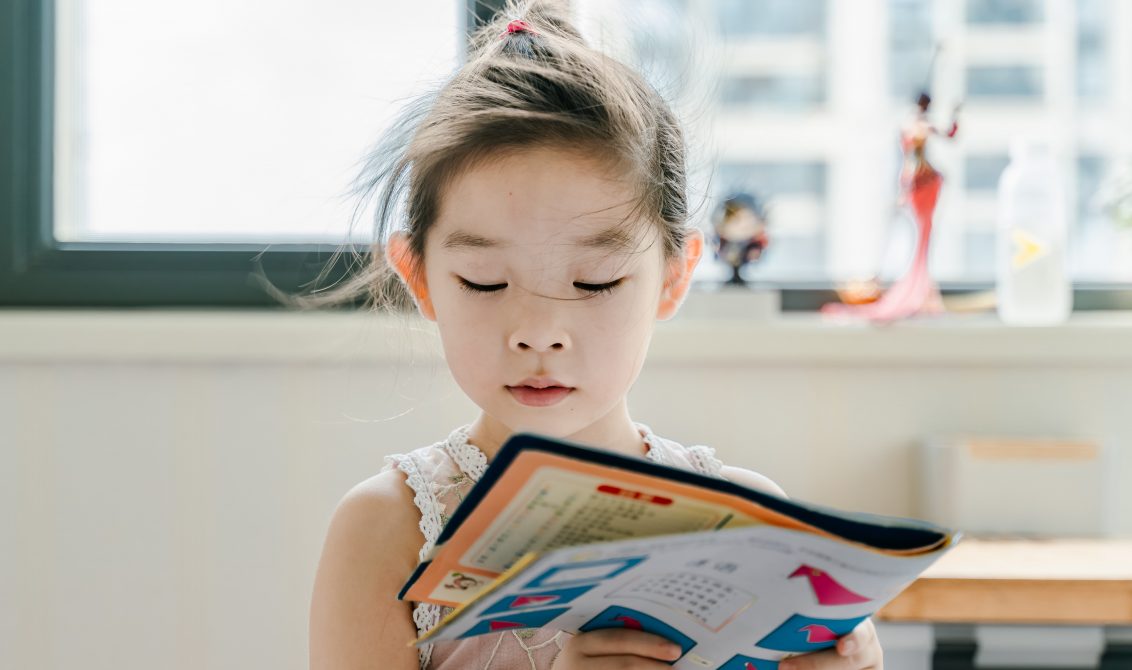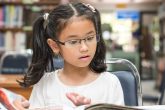
More and more children around the world are growing up with two or more languages. But how do we best support their harmonious bilingual development?
A shift in attitudes to bilingualism
In the years I have been teaching in Higher Education and giving talks for families, I have seen a shift in attitudes towards bilingualism. It used to be common for parents to be advised to focus on the majority language, rather than speaking their own mother tongue to their children, and often families reluctantly accepted the advice. However, in recent years I have come across many well-informed teachers, doctors and speech and language therapists who support the parents’ decision to raise bilingual children, and I am confident that this positive trend will continue.
Even when parents feel confident that speaking more than one language or learning a foreign language is an experience that will enrich their children’s lives, they often have questions concerning strategies to implement at home or about challenges they may encounter along the way. In my experience, there are two major issues that are raised each time I meet a group of families or teachers: the first is that it is a big endeavour for families to maintain a heritage language when it is only used by one parent; the second concerns children who are learning a second language, and the challenges associated with second language learning.
As it is quite difficult to generalise and give ‘blanket’ answers when it comes to language acquisition, I will share two specific questions that teachers are likely to be asked.
1. We are a Czech couple raising a bilingual child in the UK. How can we support our child in developing Czech alongside English?
Heritage languages are languages that are used in a limited range of contexts and with a limited number of speakers. For example, a child being raised by Czech-speaking parents in the UK is a heritage speaker of Czech. Bilingual language acquisition in this context is subject to a great degree of variability and it is very much affected by quantity and quality of input.
In the early years, parents have a significant impact on the child’s exposure to each language, and as the child gets older and socialises more outside the home, it is likely that the majority language will be used more and more, maybe becoming the child’s dominant language.
Parents and teachers alike often expect that a child who is exposed to two languages regularly should have equal knowledge in both. However, as Grosjean put it in his paper in 1989, ‘the bilingual child is not two monolingual persons in one’. Since each language plays a specific role in the child’s life and each is used for different purposes, children normally develop different skills and acquire different vocabulary based on their experience of each language. The complexity of the experiences leading to the great variability of outcomes in heritage language development makes it difficult to give just a simple piece of advice. However, there is an increasingly large body of literature that demonstrates that harmonious bilingualism requires the child to be regularly exposed to high quality input. Therefore parents should be advised to expose the child to the heritage language as frequently as possible through meaningful activities, and they should use a wide range of age appropriate vocabulary.
Advice for parents
Books are a key source of qualitatively rich input. Parents should be advised to develop heritage language literacy by reading to their children and by teaching them to read and write. While it may seem counter intuitive to some parents, who may believe that literacy in the school language is the most important achievement for the child, there is plenty of evidence showing that home language literacy has a positive effect on academic achievement in the majority language.
While focusing on Czech, parents should also be aware that for harmonious bilingual development to occur, the child needs opportunities to socialise through English, especially if this is a second language. The principles applying to the support of the heritage language apply also to the school language: the child needs to hear it and experience it sufficiently in order to develop it. The great advantage of bilingualism and bi-literacy is that children’s linguistic and meta-linguistic skills are enhanced, positively impacting literacy and cognition.
2. I teach in an international school in France where pupils are taught a large part of the programme through English. Most of the families speak only French at home, but they have good English language skills. They regularly ask me if they should start to use English as the family language to help their child to learn English faster. What should I advise?
A question that often arises is whether parents should change the language they speak at home in favour of the majority language or in favour of the new language the child is learning in school. Both parents and teachers can be misled in thinking that removing one language from the child’s repertoire or diminishing its use will boost the other language. There is a widespread belief that if parents stop speaking their mother tongue the child will develop the majority language or the school language faster and better. We know that this approach is not only unfounded but also harmful, as language and communication is something that is strongly linked with identity and emotional development. The language used by the family in their daily routines is important for forging relationships, socialising and creating a bond between the child and extended family. We must acknowledge that such language represents a fundamental component of the child’s identity, and a key skill that should be valued and promoted. For this reason parents should continue to communicate with their children in the language (or languages) they have always used, which is often their native language. As for the example of the Czech-speaking family above, it is important to remember that supporting the native language through communication and literacy development is essential for academic achievement too.
To conclude, the first step in cultivating harmonious bilingual development (De Houwer 2015) is for families and teachers to start a dialogue about language to find the best ways to support one another.
References
Grosjean, F. (1989). Neurolinguists, beware! The bilingual is not two monolinguals in one person. Brain and Language, 36, 3-15.
Houwer, A. D. (2015). Harmonious bilingual development: Young families’ well-being in language contact situations. International Journal of Bilingualism, 19(2), 169–184. https://doi.org/10.1177/1367006913489202
About the author
Dr Francesca La Morgia is a linguist working in Trinity College Dublin. She regularly gives lectures on bilingual language development and multilingual education in universities around Ireland and she coordinates the activities of the Irish Research Network in Childhood Bilingualism. In 2017, she founded Mother Tongues to promote multilingualism in Ireland. Her project Language Explorers was awarded the European Language Label.
Looking for more?
Cornerstone and Keystone Facebook Group is a global community designed for primary and secondary English teachers with a common interest in accelerating English proficiency and preparing children for academic success. The group is based on the Pearson Cornerstone and Keystone programme – a six level intense primary course for reading and language development. The group is an open group for teachers as a discussion and ideas forum for teachers to share and converse with each other.
[Photo by Jerry Wang on Unsplash]

